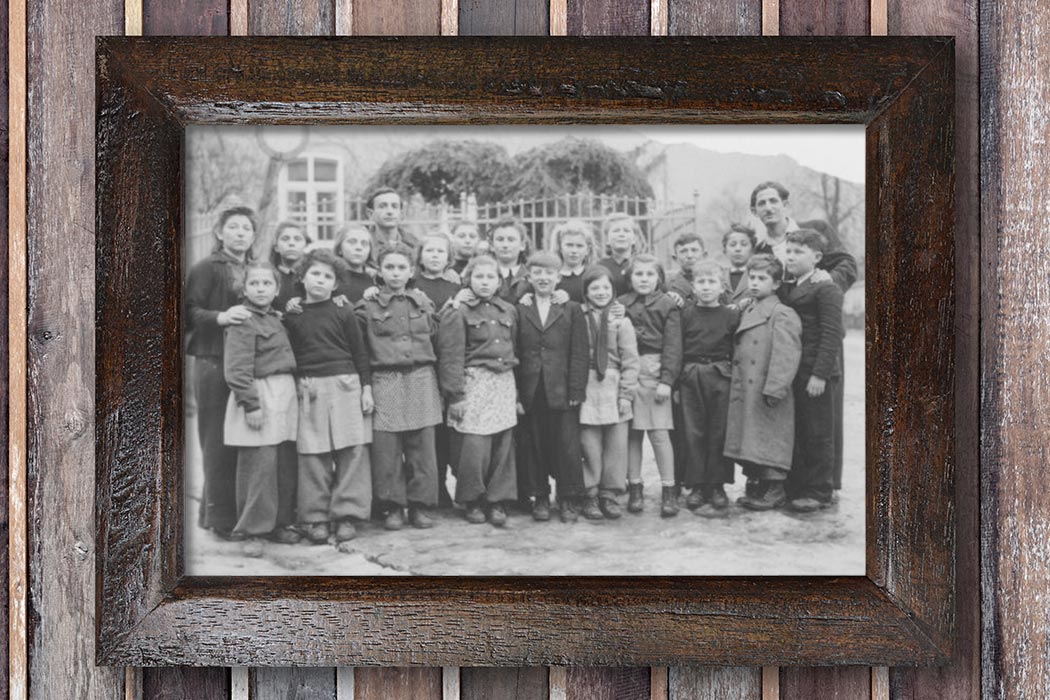As anniversaries of the final battles of World War II come and go, it’s easy to forget the aftermath of the war in Europe: a “forgotten refugee crisis” the likes of which the world had never seen. The issue of what to do with millions of “displaced persons” became an intense international debate, even as the subjects of these arguments clustered in camps awaiting repatriation. But what was life like for those refugees, especially those who had survived the Holocaust?
Margarete Myers Feinstein argues that for the nearly 300,000 survivors who passed through displaced persons camps in Germany alone, their time in the camps was a chance to reestablish their identities as Jews and as members of a larger community. As they sought missing family members, fled Eastern Europe, and tried to find future homes after years of slavery, writes Feinstein, many Jews compared their situation to the 40 years of wandering faced by Israelites who had escaped the hands of the Egyptians before they reached their Promised Land.
There was hope of a new promised land for many survivors: the prospect of resettling in Palestine. With an eye toward their eventual life there, writes Feinstein, Jews in the displaced persons camps attempted to reinstate their communal traditions.
Feinstein finds particular interest in the stories of Jewish women in the displaced persons camps. Though they have not been studied extensively by historians, she writes, they played an active role in their own reinvention—often in private, unacknowledged ways. For example, they worked to form new social bonds among people who had seen their entire social structure disintegrate.
As romantic bonds led to marriage and motherhood in the camps, writes Feinstein, women began to see the bearing of children as a political act. They engaged in acts of communal motherhood that they then extended to their community at large as they “mothered” cultural institutions like schools, kosher kitchens, theatrical groups and hospitals.
Up to twelve years after the war was over, the last displaced persons were finally sent on to their new homes. “The European shtetl had ceased to exist,” writes Feinstein—but in its place were new traditions and a group of women who “transmitted the Jewish past to a new generation, cared for the physical, emotional, and economic wellbeing of the [displaced persons] community, and worked toward the Jewish future in Palestine.”







